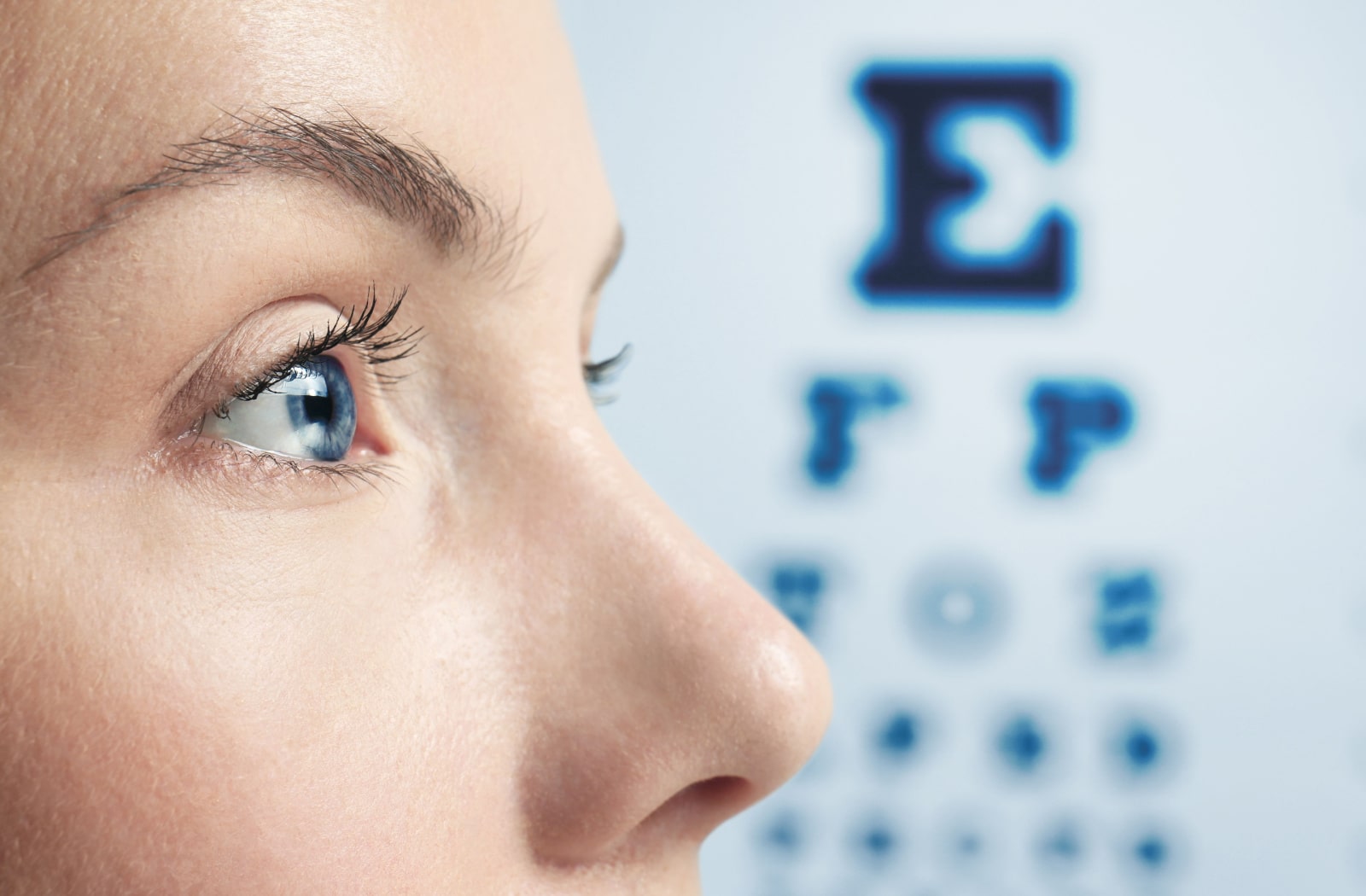All Categories
Featured
Table of Contents

Normal eye examinations are necessary for maintaining good vision and spotting potential eye wellness concerns early. The regularity of these examinations can differ significantly based on an individual's age, way of living, and overall wellness. Comprehending the suggested routine for eye examinations can assist make certain that individuals of every ages get suitable care and tracking for their eye wellness.
Infants and Toddlers (0-2 Years)
For kids and babies, eye tests are crucial for identifying any type of prospective vision troubles beforehand. The American Academy of Ophthalmology suggests that a youngster's initial eye exam must happen at around 6 months of age. Throughout this first see, the eye treatment specialist will certainly analyze the kid's visual growth and look for any type of noticeable eye problems.Following this initial exam, it is suggested that children have an additional eye test at age 3. This visit will concentrate on evaluating the youngster's overall visual feature, consisting of eye alignment and the capability to track objects. If no problems are spotted, the following examination needs to be arranged prior to the kid starts college, typically around age five or 6.
School-Aged Youngsters (6-18 Years)
When kids get to school-age child, normal eye exams should be set up every one to 2 years. Vision is important for discovering and development, and numerous institutions conduct vision screenings. These testings do not replace a thorough eye exam by an eye care specialist.For kids associated with sporting activities or tasks requiring considerable aesthetic focus, yearly eye tests might be recommended. Furthermore, if a kid exhibits indicators of vision troubles-- such as trouble checking out, squinting, or frequent headaches-- a visit to the eye medical professional need to be set up asap.
Young Person (19-39 Years)
Young person commonly have fewer vision modifications than older age teams, but normal eye examinations stay crucial. The basic recommendation is to schedule an eye test every two years during this duration. People with particular risk aspects-- such as a family background of eye illness, diabetes, or those that put on contact lenses-- ought to consider yearly eye examinations.Furthermore, those that spend significant time on digital tools may experience electronic eye stress. If symptoms such as dry skin, tiredness, or obscured vision happen, it might be a good idea to see an eye treatment specialist earlier.
Adults (40-64 Years)
As people enter middle age, the probability of creating vision issues rises. Grownups aged 40 to 64 ought to set up eye examinations each to two years. This age may begin to experience presbyopia, an all-natural age-related problem that makes it challenging to concentrate on close things. Eye examinations can additionally help identify various other usual age-related conditions such as glaucoma, cataracts, and macular degeneration.If individuals in this age team have threat aspects such as hypertension or diabetic issues, they might need even more frequent exams to monitor their eye wellness very closely.
Senior Citizens (65 Years and Older)
For elders, routine eye exams come to be a lot more critical. The American Optometric Association recommends that individuals aged 65 and older have an eye exam at the very least annually. Older adults are at a greater danger for numerous eye illness, including cataracts, glaucoma, and age-related macular degeneration. Early discovery and therapy of these conditions can prevent vision loss and boost the lifestyle.Final thought.
Recognizing the proper routine for eye examinations based on age is crucial for keeping optimum eye health and wellness throughout life. By sticking to these standards and seeking advice from with an eye treatment expert, individuals can take proactive actions towards protecting their vision and general health and wellness.Latest Posts
Experience Coastal Sophistication at Deauville Inn
Published Apr 19, 25
1 min read
Selecting the Right Location: What to Consider for Weddings, Seminars, and Events
Published Mar 18, 25
1 min read
A Glamorous Escape: The Claridge Indoor Pool
Published Feb 06, 25
1 min read